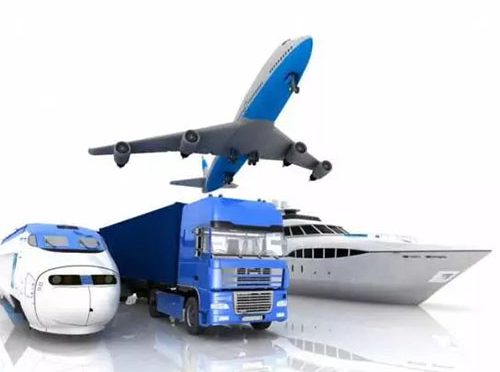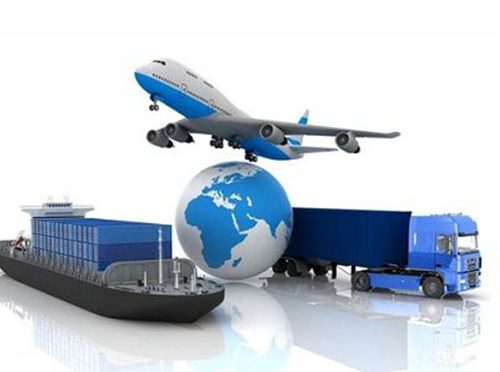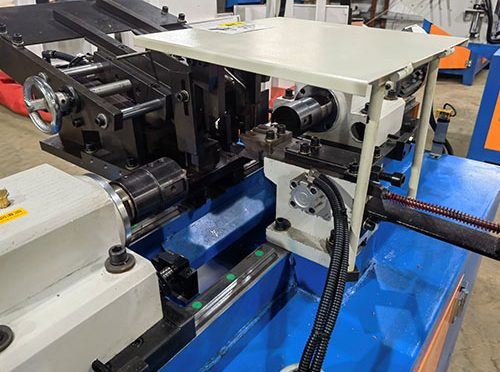一:The selected equipment should meet the needs of its own.
Different companies actually have different requirements for the equipment.
In many cases, the main point of non-standard equipment is to use the equipment to adapt to the existing working environment and the existing working mode.
Rather than designing the equipment, you need to spend your energy to change the environment and mode of work.
That is, the quality of the equipment we are concerned about, the quality of the equipment used in the equipment is very high, so the quality requirements of the pneumatic components, guiding components, circuit components, control systems, mechanical components, etc. used on the equipment are very high.
The equipment is required to complete the required process, and the reliability, safety and stability of the equipment production.
二:Pay attention to the scalability and variability of equipment.
After all, according to the current development speed, the development of non-standard equipment industry will be more and more fast, coupled with the demand for production, the equipment needs to be able to meet their own needs.
To add and remove some features, and to have new needs in the future, to continue to use, rather than redesign the purchase.
三:It is the maintenance and after-sales service of the equipment.
Generally, the good equipment has been tested repeatedly before the formal purchase, and the debugging makes the performance of the equipment indicators in good condition, and there are related training services to ensure the company purchases.
Being able to get started in time, the other is less after-sales service, to ensure that problems can be resolved in time.
四:Another item is the price, not cheap or expensive, but it is best to use the equipment that best suits the customer’s production line.
It is the equipment that can solve the production problems for the customer and the supplier of the equipment can do it for the customer.
The best after-sales service can solve the problems encountered on the customer’s production line in time. Only equipment with these conditions is the best and most cost-effective equipment.













